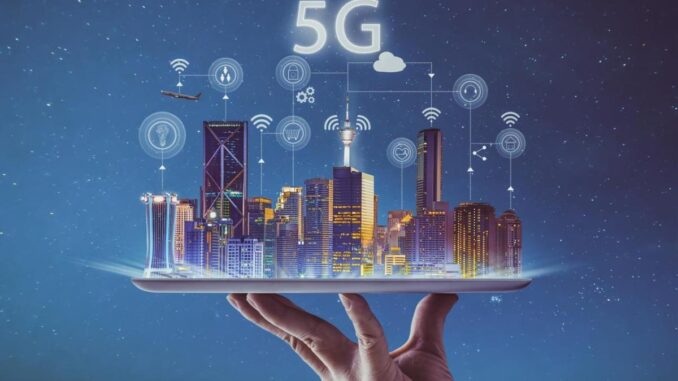
5G Adaptive Bitrate Streaming (ABR) is a technology that leverages the capabilities of 5G networks to enhance video delivery experiences over mobile devices. Here’s an overview of the concept, its advantages, and how it works:
Adaptive Bitrate Streaming (ABR) is a technique used to optimize the delivery of video content. It adjusts the video quality in real-time based on the available network conditions, device capabilities, and user preferences.







With the implementation of 5G technology, which offers higher speeds, lower latency, and more robust connectivity, ABR can be significantly improved.
Dynamic Quality Adjustment: ABR enables video players to switch between different quality levels seamlessly. If network conditions worsen (e.g., due to congestion), the bitrate can be reduced to ensure smooth playback, whereas if conditions improve, a higher bitrate can be used for better quality.
Multi-Resolution Content: Video content is encoded at multiple resolutions and bitrates. This allows the video player to select the most appropriate version based on the current network conditions.
Network Slicing: 5G introduces the concept of network slicing, where different data flows can be treated with varying levels of priority and quality. This can enhance the user experience by ensuring that video streaming is prioritized in congested scenarios.
Edge Computing: 5G networks can utilize edge computing, placing content or processing closer to the user. This can reduce latency and improve streaming performance by caching content nearer to end-users and performing content optimization.
Enhanced User Experience: Faster download speeds, improved video quality, and reduced buffering times lead to a more enjoyable viewing experience.
Consistency Across Devices: 5G can support a wide range of devices, from smartphones to IoT devices, making adaptive streaming consistently high-quality across platforms.
Support for High-Definition and Ultra-High-Definition Content: With increased bandwidth, 5G enables the delivery of 4K and even 8K content efficiently through ABR.
Reduced Latency: 5G’s low latency characteristics allow for quicker adjustments to video quality, reducing the time users may wait for video to buffer or adjust.
Network Coverage: While 5G offers better performance, coverage can still be uneven, leading to varying user experiences depending on location.
Device Compatibility: Not all devices support 5G, and the effectiveness of ABR may depend on the specific device capabilities.
Content Delivery Network (CDN) Considerations: Optimizing content delivery requires robust CDN infrastructures capable of handling the increase in data speeds and volumes associated with 5G.
5G Adaptive Bitrate Streaming represents a significant leap forward in mobile video delivery. By harnessing the advancements of 5G technology, content providers can deliver high-quality streaming experiences that are more responsive to user conditions and device capabilities, thus accommodating the rising demand for mobile video consumption. As 5G continues to roll out globally, we can expect to see more innovations and improvements in ABR and streaming technologies overall.


Leave a Reply